Kayaking with your furry friend can be an incredible outdoor adventure, but it’s essential to equip yourself with the best attachments to ensure both safety and enjoyment for your dog. With a plethora of options available in the market, selecting the right attachments tailored to your specific needs is crucial.
When it comes to keeping your dog secure and comfortable during your kayaking trips, there are various attachments designed for this purpose.
These attachments range from leashes to harnesses, each serving a unique function—whether it’s ensuring your dog’s safety, holding them securely, or providing a sense of calm and comfort.
In this comprehensive article, we will delve into the essential kayak attachments for dog, guiding you towards making informed choices that will not only guarantee the safety of your four-legged companion but also enhance the overall enjoyment of your kayaking excursions together.
Table of Contents
kayak attachments for dog: what are those?
It is said that dogs are the most reliable friends of humans in the animal world. They can be trained for many things. Hence you can take them water with you.
Though they follow your instruction, they are not used to the water. So, for extra safety, you need some kayak attachments for your furry friend. Let’s see what these are!
1. Dog harnesses
A harness is a type of collar that has a strap that goes over your dog’s shoulders. Harnesses are great for training purposes. These are also used to attach your dog to your kayak while you paddle.
They can be attached to the chest, back, or belly area. Some people use them to keep their dogs from jumping into the water while they paddle.
These harnesses are made of durable, lightweight materials that are easy to clean. The harness has two attachment points: one that attaches to the boat and one on the back for attaching your leash. This allows you to keep your dog close by while paddling or fishing.
2. Choose the best life Jacket for your dog
Safety is a top priority when you’ve invested in a dog. A life jacket can help prevent drowning if your dog falls into the water. You know that you should take your dog for walks on the shoreline and not near any fast-moving bodies of water, but accidents happen.
There are many factors to consider when choosing the life jacket for your dog. The most important factor is the size of your dog. You want a life jacket that fits snugly and won’t ride up when your dog is in the water.
Other factors to consider include the weight of your dog, the type of water you will be in, and how active your dog is. If your dog is very active, you’ll want a life jacket with more buoyancy. If you will be in cold water, you’ll want a life jacket with insulation.
The most common type of life jacket for dogs is the flotation vest. It is made of closed-cell foam and fits snugly around your dog’s chest and abdomen. This type of life jacket is good for dogs who are participating in activities such as swimming, boating, or fishing. Be sure to read the manufacturer’s instructions carefully.
Awesome, you have already learned something about a safety jacket for your dog. But, your furry friend may not be habituated to a life jacket. In this situation, you may face a problem putting a life jacket on it.
So, before going to hit on the water with your dog, make your dog habituated with a Life Jacket. You can practice it in your house, walk around with it and reward your dog for doing good.
3. Dog Platform
There’s a new trend on the rise for dog owners – taking their furry friends out on kayaks. It’s a great way to get some exercise and fresh air, and it’s a lot of fun for both the dog and the owner.
A dog platform is a great way to get your dogs out of the water while still allowing them to enjoy the fresh air. This type of platform can be used on any boat that has a flat surface like a kayak.
A dog platform is usually constructed from plywood or other similar material. They are designed to fit over the cockpit area or rear storage area of the kayak. You can use this type of platform to take your dog out on the water.
There are a few things to keep in mind if you want to try this out. First, make sure your kayak is big enough for both of you. You don’t want your dog swimming next to you the whole time! Second, be aware of the weather conditions. A storm can quickly turn dangerous if you are not aware of it.
Watch the video to install the dog platform.
4. Dog Board pad
Dog board pads are one of the attachments for your dog which will help your dog to enjoy paddling with you comfortably. Here are some factors you should consider while having one for your dog.
Size
The size of your dog’s board should be large enough to fit comfortably under his body while he sleeps. This way, he can easily move around without having to lift himself off the ground. If you have a small dog, then you may want to consider getting him a smaller-sized board.
Weight
Your dog’s board should not weigh too much. A heavy board can cause discomfort to your dog if he has trouble lifting it up. You don’t want to make things difficult for him.
Material
You want your dog’s board to be durable and long-lasting. Avoid boards that are flimsy and breakable. They could potentially hurt your dog if they fall on him.
5. Dog Seat
The dog seat is a device that allows your dog to sit comfortably while riding in a kayak. This is especially useful if you are going out on a longer trip where your dog may not want to lie down. A dog seat can be attached to any type of kayak, but they are usually designed specifically for dogs.
6. Dog Ramp
A dog ramp is a nice tool for your dog to follow your command. Sometimes your dog fears of getting into your kayak. This fear can be due to the water or the height of your docking platform or your dog is not used to this situation. If these are the issues, a dog ramp will help you definitely.
Dog ramps are designed especially for them considering all these issues. There are several types of dog ramps available in the market today. Some of them are for single purpose and some are for multipurpose.
From my research, I found that a foldable dog ramp will serve your multipurpose like for riding into your kayak, vehicle, etc. You can check these ramps out PetSafe Happy Ride Folding Pet Ramp, PetSafe CozyUp Folding Pet Steps, Best Pet Supplies Pet Steps and Stairs with CertiPUR, etc.
7. Dog Leash
A leash is a rope that connects your dog to you. The leash is also used to connect a dog harness to your kayak. You can also use a leash to walk your dog around the neighborhood or take him/her out for a stroll.
8. Collar
A collar is a piece of equipment that attaches to your dog’s neck. Collars come in different sizes and styles. There are some collars that have bells inside that make noise when your dog barks. This way, you know when your dog wants attention.
9. Lead
A lead is a long rope that connects your dog’s collar to you. Leads are useful for walking your dog around the neighborhood. You can either have a leash or a lead. A leash is generally shorter than a lead.
10. Choke Chain
11. Kayak Carrier
A kayak carrier is designed to help you transport your kayak and your dog to and from the water. Some carriers are specifically designed to fit onto the back of a bicycle or onto the roof of a car.
12. Dog Treats and Water Bowl
Don’t forget to bring some treats and a water bowl for your furry friend. Kayaking can be tiring, so your dog will appreciate the chance to rehydrate and refuel during breaks.
A choke chain is a short leash that goes around your dog’s neck. Choke chains are not recommended for small dogs because they restrict breathing.
Final Words
From this list, all will not necessary for you. Choose which one of the kayak attachments for dog is good for your dog. From my research, I found that at least a safety jacket for rescue, a leash, a harness, a dog platform in case your cockpit has small space, and a dog ramp if your dog fears getting into a kayak without it are necessary.
Above all, learn how to kayak with your dog and use these attachments for safe and enjoyable kayaking.
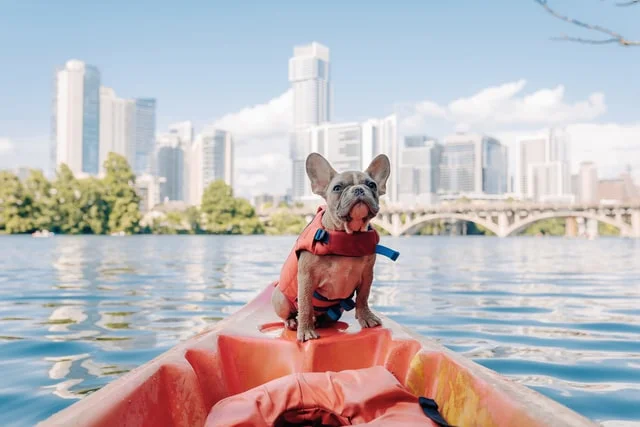
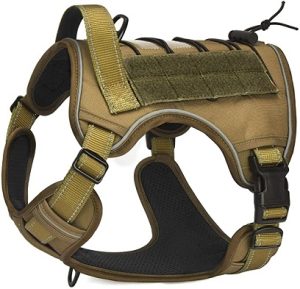
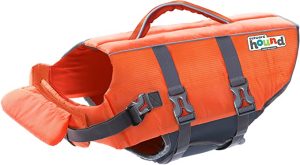
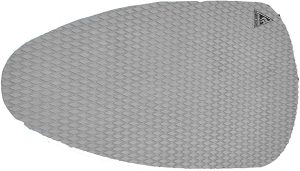

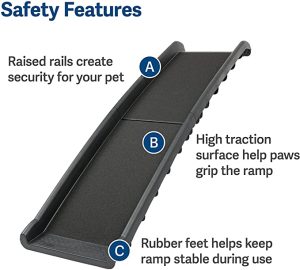
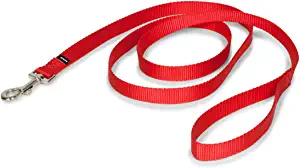
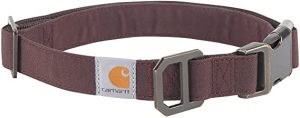
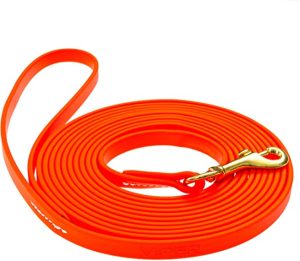
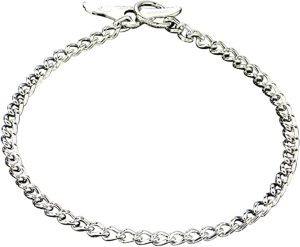
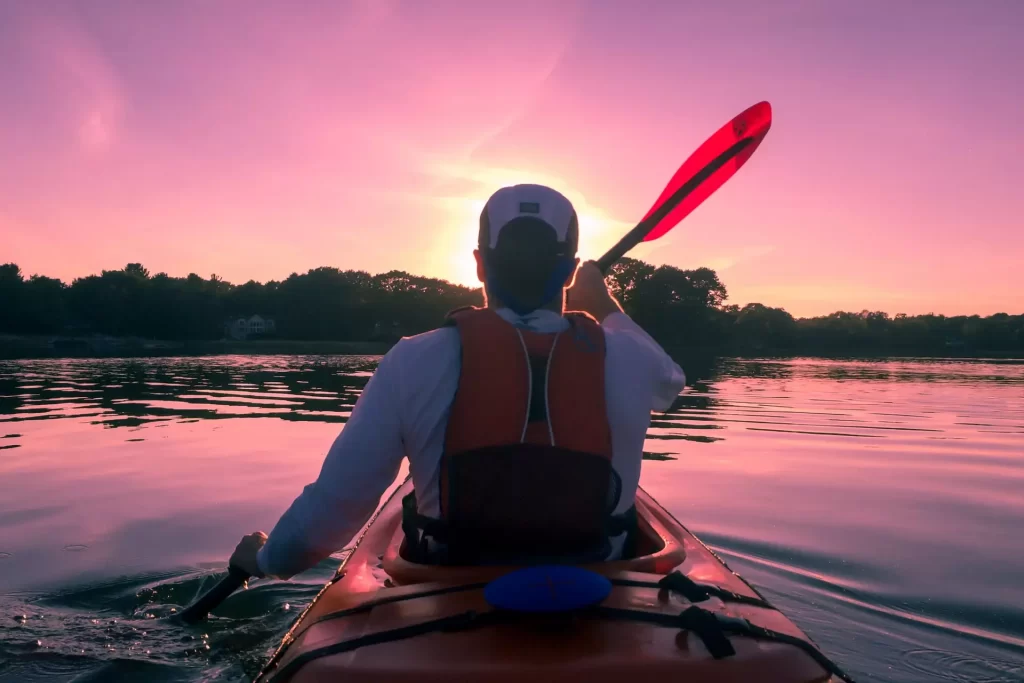
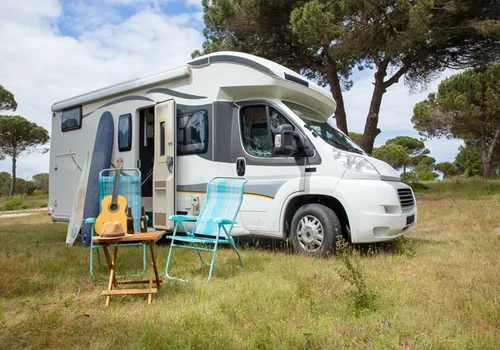
Pingback: Burgess Falls Kayaking: All You Need To Know - Safekayaking
Pingback: How to Stay Safe from Snakes While Kayaking? - Safekayaking